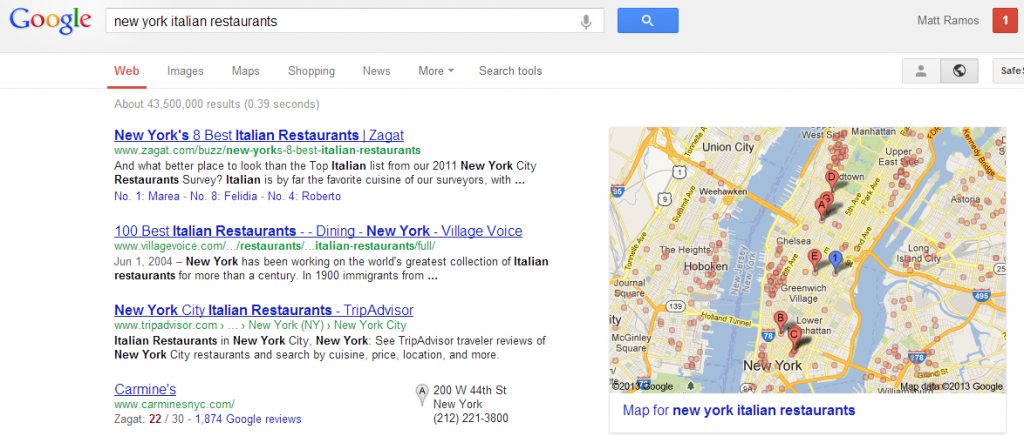Google’s Website Translator plug-in launched in 2009. Since then over one million sites have used this feature to connect with their multi-lingual audiences. But, there is plenty of content still “left in translation” for users. This is why in May 2012; Google launched a free experimental feature that gives you the option to customize what text the Website Translator translates. This will be available as long as you add the customization meta tag to a webpage. Visitors to your site will see your customized translation and also be able to “suggest a better translation”. After a different translation is suggested, you will have the ability to accept or decline it.
According to the Google Translate blog post, here is how you add it to your webpage:
To get started:
1. Add the Website Translator plugin and customization meta tag to your website
2. Then translate a page into one of 60+ languages using the Website Translator
To tweak a translation:
1. Hover over a translated sentence to display the original text
2. Click on ‘Contribute a better translation’
3. And finally, click on a phrase to choose an automatic alternative translation — or just double-click to edit the translation directly.
For example, if you’re translating your site into Spanish, and you want to translate Cat not to gato but to Cat, you can tweak it as follows:

All of your changes to a translation on your site will become live immediately. If and when a visitor contributes to a page, you’ll view the suggestion and it will become live only if you approve it. Google also allows you to invite multiple editors to make changes and add to the glossary entries. You can learn more about the features in the Help Center. Also for other translation tools you can use Translator Toolkit and the Translate API.
These features are going to help broaden our ability to share information in multiple languages as well as help boost websites reach to new markets. Companies that are currently translating their own articles may find that simply correcting the automatic translation significantly reduces their workload.
This toolkit’s bag of features includes translation search, bilingual dictionaries, and ratings. The toolkit is actually integrated into Wikipedia, making it easy to publish translated articles from there. The most impressive feature is that the translation system “learns” from the corrections, which creates a continuous collection of corrections to help translate content into 47 languages (98% of the world’s Internet population).
For example, if an Arabic-speaking reader wants to translate a Wikipedia™ article into Arabic, he/she loads the article into the Translator Toolkit, corrects the automatic translation, and clicks publish. By using the Translator Toolkit’s bag of tools — translation search, bilingual dictionaries, and ratings, he/she translates and publishes the article faster and better into Arabic.
The world is becoming more and more connected – which opens so many opportunities for businesses looking to expand their customer base. Stay up to date with marketing technology news by subscribing to this blog!
Image: FreeDigitalPhotos.net



One thought on “Google Translation for Websites Now Offers Editing”